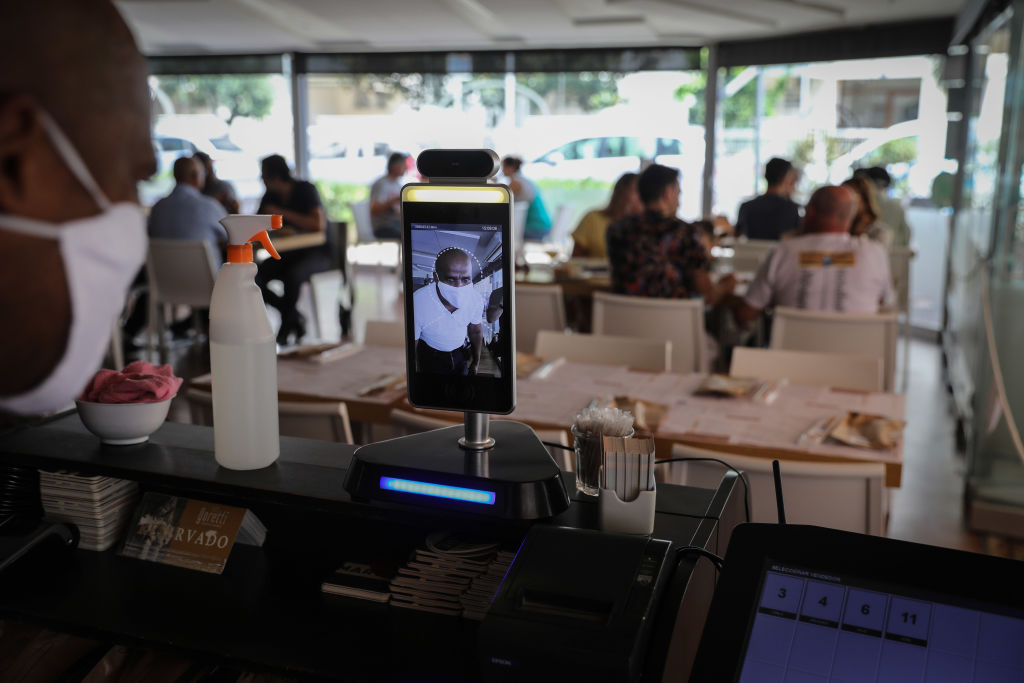The year 2020 stands out not just for its unprecedented global events, but also as a pivotal moment for artificial intelligence (AI). The COVID-19 pandemic propelled industries to shift their paradigms, driving a deeply transformative ambiance for human experiences and societal behaviors. As we adapted to our new social norms, AI found itself grappling to keep pace, often lagging behind the whirlwind of rapid changes. How does a technology that thrives on data, routine, and established norms respond to a world that’s turned upside down? In this blog, we’ll explore the hurdles AI faced in 2020, particularly in the realm of visual perception, and what it means for the future of intelligent systems.
The Challenge of Dynamic Visual Context
As daily life morphed during the pandemic, so too did the visual cues that AI algorithms relied on to interpret and categorize our world. For instance, think about family dynamics: what once might have been categorized as “leisure” or “relaxation” now frequently depicts parents working from home alongside their children. AI, which had been trained on a different set of norms, fails to recognize this shift, often mislabeling such scenes.
- Misclassified scenes can lead to more significant errors in applications ranging from marketing to security.
- The visual landscape has changed: cleaning, for instance, now involves wiping down surfaces that may visually appear clean, violating previous assumptions AI has made.
Just as our understanding of “clean” has evolved, the parameters that define how AI sees and categorizes our world need to be recalibrated. This presents an opportunity for data scientists and engineers to consistently update algorithms and datasets.
Understanding Masked Faces in a New Era
One of the most pronounced shifts in visual perception in 2020 has been the way facial recognition systems interpret faces obstructed by masks. Machine learning models typically designed to recognize full facial features struggled with this new reality, often misidentifying masked faces as incomplete or simply missing.
- Models might register just the eyes, or inaccurately depict two separate faces: one above the mask and one below.
- This mirrors prior challenges, such as recognizing profiles or individuals wearing sunglasses, indicating a deeper systemic remodeling is indispensable.
Addressing this quandary requires new strategies for training algorithms, emphasizing the need for robust datasets that include a representation of faces in varying states of coverage. This might involve expanding the definition of what a “face” includes, encompassing diverse scenarios from grocery stores to healthcare settings.
Navigating Bias in AI Datasets
With an alteration in societal dynamics comes the urgent responsibility of examining bias in training datasets. During the COVID-19 pandemic, many datasets appeared imbalanced, predominantly showcasing white individuals in mask-wearing scenarios. Such biases can stem from numerous factors, including restrictions on movement, the demographics of photographers, and the varied impacts of the virus across communities.
- The unintentional marginalization of underrepresented groups can lead to AI models that inadvertently favor certain demographics over others.
- Data scientists must acknowledge these biases to ensure the accuracy and reliability of their products.
For AI to create equitable outcomes in our society, an unwavering commitment to routine checks and updates is crucial. Outdated models risk perpetuating inaccuracies, and a proactive stance is necessary to cultivate inclusivity in AI outputs.
Looking Ahead: A Commitment to Continued Learning
As we adapt to the evolving landscapes of our lives, it is essential for AI developers to showcase flexibility in their systems. For machine learning to remain relevant, we must be committed to continuous learning, updating, and community collaboration. This requires:
- Identifying new contexts that algorithms must learn to understand.
- Focusing on generating new content that captures the rich diversity of human experiences during this period.
- Harnessing public datasets while being conscious of the potential biases they introduce.
By embracing change, enhancing our datasets, and staying vigilant against biases, we set the stage for a more accurate portrayal of our world. This determination will be vital for advancing AI technologies well into the future.
Conclusion
AI’s response to 2020 has been a compelling reminder of its limitations in adapting to rapidly changing human experiences. The intersection of human behavior, technology, and adaptability raises salient questions about the future of AI. As we collectively navigate these transformative times, ensuring our models reflect the new normal is not just necessary, it is imperative. It is through awareness, correction, and a commitment to diversity that we’ll arrive at solutions that serve us all effectively.
At fxis.ai, we believe that such advancements are crucial for the future of AI, as they enable more comprehensive and effective solutions. Our team is continually exploring new methodologies to push the envelope in artificial intelligence, ensuring that our clients benefit from the latest technological innovations. For more insights, updates, or to collaborate on AI development projects, stay connected with fxis.ai.

